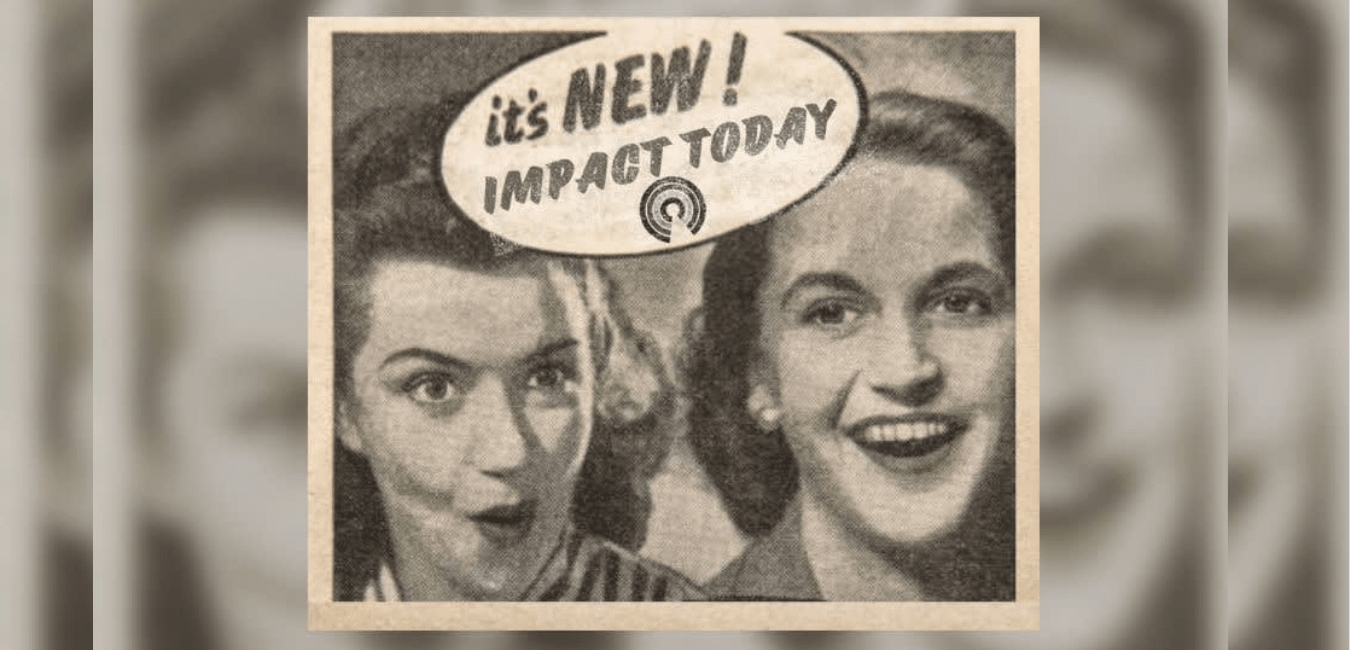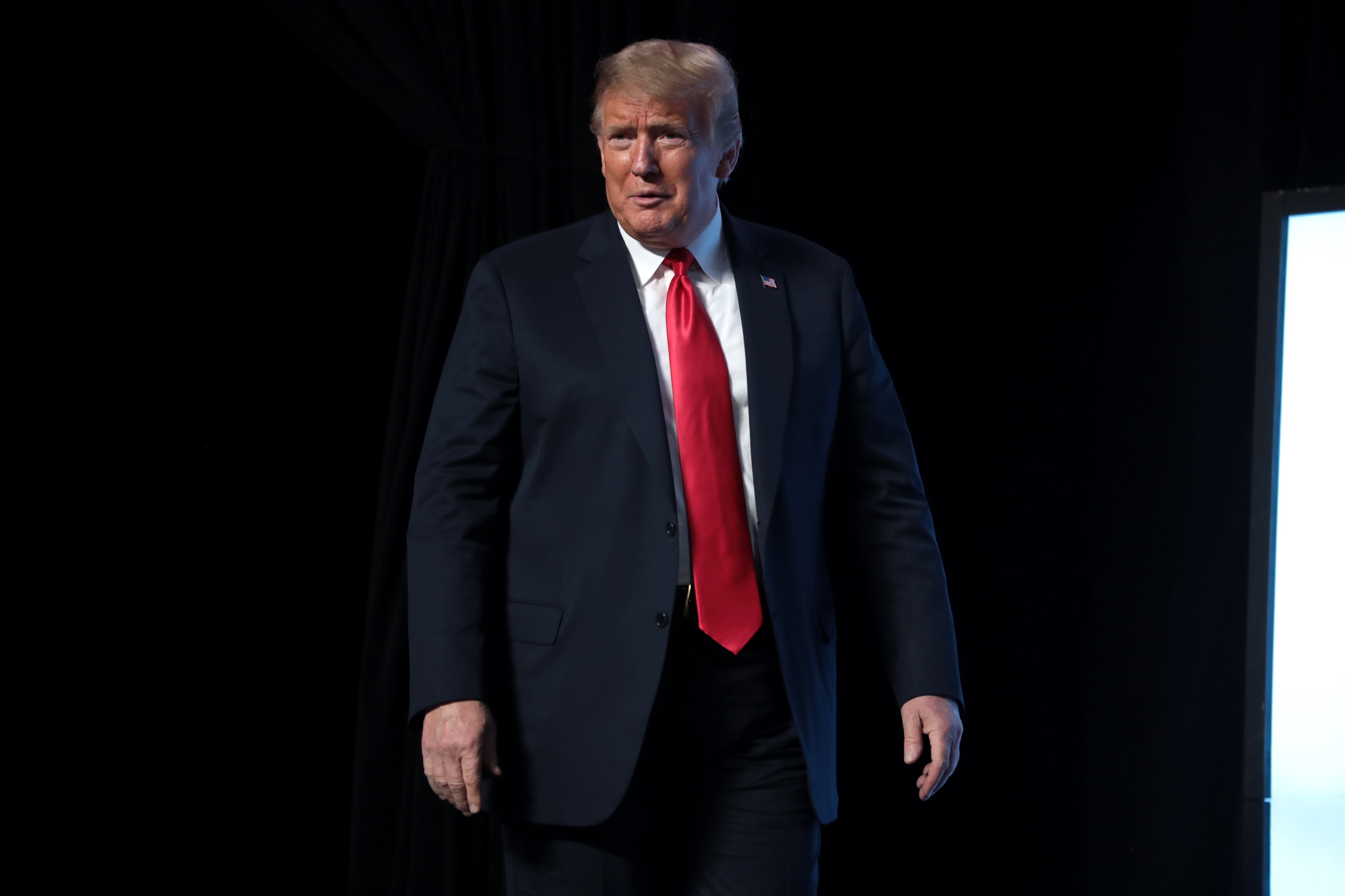
Banning Insecticides That Harm Bees and Other Pollinators (H.R. 1337)
Do you support or oppose this bill?
What is H.R. 1337?
(Updated January 21, 2021)
This bill would require the Environmental Protection Agency (EPA) to suspend the registration — i.e. halt the sale and distribution — of plant, tree, and soil insecticides that bees are attracted to. It would bar the use of these products until the EPA has determined that they will not cause unreasonable harm to "pollinators." Pollinators in this case are defined as native bees, honeybees, birds, bats, and other species of beneficial insects.
Determining the effects of these insecticides on pollinators would be based on:
-
An evaluation of the published and peer-reviewed scientific evidence on whether the use of these insecticides has adverse effects on pollinators; and
-
A field study supervised by the EPA Administrator that evaluates residues, annual residual build-up, chronic low-dose exposure, and the cumulative effects of multiple chemical exposures
This bill would prohibit the EPA Administrator from lifting the ban on the insecticides listed in this act until the study has come to solid conclusions. The insecticides in question are used for seed treatment, soil application, and foliar treatment on bee attractive plants, trees, and grains; imidacloprid, clothianidin, thiamethoxam, dinotafuran, and any other members of the nitro group of neonicotinoid insecticides.
The Secretary of the Interior and EPA Administrator would be required to monitor the health and population status of native bees in annual public reports to Congress, and identify the scope and likely cause of unusual native bee mortality.
This year's version of this bill would also establish a Pollinator Protection Board consisting of expert scientists, beekeepers, farmers, members of environmental organizations and other key stakeholders to conduct annual reviews of potentially bee-toxic pesticides.
Argument in favor
Suspending the use of these insecticides until the EPA can determine if they are killing bees is a wise move that could save a vital asset to our environment, and the country’s agriculture industry.
Argument opposed
Bees are dying everywhere, not just in places where insecticides are used. Finding out the cause of the bee deaths makes sense, but hurting the agriculture industry in the process is foolish.
Impact
Bees and other pollinators under this act; people who use insecticides covered in this legislation; the EPA; the Department of the Interior; and the EPA Administrator.
Cost of H.R. 1337
A CBO cost estimate is unavailable.
Additional Info
In-Depth: Sponsoring Rep. Earl Blumenauer (D-OR) reintroduced this bill from the 115th Congress (and the 113th and 114th Congresses before that) to protect critical pollinators, such as honeybees, from insecticides that are toxic to bees and other insects by suspending the use of neonicotinoids, which have been linked to declining pollinator populations, until a panel of experts has thoroughly assessed them:
“Pollinators are critically important to our ecosystem. The food we eat depends on their health. If they are in danger, we are in danger. The EPA has a responsibility to get to the bottom of this issue and they must be held accountable. We must do more to protect pollinators to ensure our food system is healthy and the agricultural economy remains strong.”
Last year, Rep. Blumenauer argued that the status quo is like "flying blind":
“The health of our food system depends on the health of our pollinators. The status quo is like flying blind — we shouldn’t be using these pesticides when we don’t know their full impact. The EPA has a responsibility to get to the bottom of the issue and protect pollinators.”
Tara Cornelisse, Senior Scientist for the Center of Biological Diversity, says:
"We are experiencing a biodiversity crisis and losing insects faster than any other group of animals due to our chemical-intensive agriculture. By suspending use of the most pollinator-toxic pesticides, the Saving America’s Pollinators Act is a huge and important step towards saving the insects that we depend on so much to grow our food.”
Sussex University's Dr. David Goulson warns, "If we lose the insects then everything is going to collapse." Were insect populations to collapse, Goulson warns that the plant would face “ecological Armageddon.”
Tim Hiatt, co-owner of Hiatt Honey Co. which is one of the largest beekeepers in Washington state, said that this bill goes too far relative to honeybees, but acknowledged a ban could help native pollinators:
“Neonics are insecticides, and bees are insects, so sloppy or careless application kills bees. But the majority of applicators use caution and don’t cause major acute kills. More judicious use of neonics would help beekeepers combat sub-lethal effects, which shorten the life of bees and colonies. But an outright federal ban is an overreaction as it relates to honeybees. States should assess the impacts to honeybees in their states and take appropriate action.”
This bill has the support of 33 Democratic cosponsors in the 116th Congress. Last Congress, it had the support of 44 Democratic House cosponsors and didn't receive a committee vote.
This bill was first introduced by then-Rep. John Conyers (D-MI) in 2013. Since then, it's been introduced in July 2013, March 2015 and June 2017. Each time, it's been referred to the House Committee on Agriculture, then the Subcommittee on Biotechnology, Horticulture and Research, without receiving a committee vote. This year's iteration differs from previous bills in its bold definition of who should have responsibility for assessing harm to pollinators.
Of Note: High rates of bee mortality have created a worrying trend within the U.S. economy. Honey bees help pollinate nearly $15 billion worth of agricultural crops, and pollinators in general pollinate over $24 billion. One out of every three bites of food Americans eat is pollinated by bees. The loss of bees has forced farmers to turn to pollination services — basically rental bees — which can raise costs by as much as 20%.
The causes of bee deaths have been attributed to several factors, including diseases and viruses. However, thousands of scientific studies have implicated neonicotinoids — a class of nictone-based insecticides — as key contributors to declining pollinator populations. Beyond Pesticides says:
"Numerous scientific studies implicate systemic insecticides as key contributors to the global decline of pollinator populations. Systemic insecticides have been found to weaken both behavioral and immune resistance to parasites, pathogens, and temperature stress in honey bees and native pollinators. Several independent studies of managed and wild bees in the field have shown significant colony and population declines as a direct result of neonicotinoid crop treatment. There is widespread consensus in the scientific community that systemic insecticides are responsible for pollinator declines and need to be restricted, as evidenced by a 2018 'Call to restrict neonicotinoids' published in Science and signed by 233 scientists."
Additionally, the mysterious colony collapse disorder has befuddled researchers as to its cause. Colony collapse symptoms involve bees abandoning their hive and not warding off pests that invade the hive. This leads to the death of the next generation of the hive’s bees, exacerbating the problem.
Researchers have indicated that it will be very difficult to identify if insecticides are negatively impacting bees, as there are other chemicals found in beehives unrelated to insecticides that could also be damaging to their health. Fewer bees died in the winter of 2013 than in the prior year, with only 23.2 percent of honey bee colonies dying off compared to 30.5 percent. This could indicate that the problem could be too complex for us to solve.
The European Union has already banned the outdoor use of neonicotinoids. In the U.S., the Oregon cities of Portland and Eugene have restricted their use.
Media:
-
Sponsoring Rep. Earl Blumenauer (D-OR) Press Release
-
Sponsoring Rep. Earl Blumenauer (D-OR) Press Release (115th Congress)
- Center for Biological Diversity Letter (In Favor)
-
Capital Press
- Beyond Pesticides
- The Bee Report
- Organic Consumers
- Portland Tribune
- Xerxes Society - Neonicotinoids and Bees (Context)
Summary by Eric Revell
(Photo Credit: a8096b40_190 / iStock)
The Latest
-
 IT: Trump's 2016 'deny, deny, deny' campaign strategy, and... How can you help the civilians of Ukraine?Welcome to Wednesday, May 8th, weekenders... As Trump's hush money trial enters it's third week, the 2016 campaign strategy of read more...
IT: Trump's 2016 'deny, deny, deny' campaign strategy, and... How can you help the civilians of Ukraine?Welcome to Wednesday, May 8th, weekenders... As Trump's hush money trial enters it's third week, the 2016 campaign strategy of read more... -
 How To Help Civilians in UkraineHeavy shelling and fighting have caused widespread death, destruction of homes and businesses, and severely damaged read more... Public Safety
How To Help Civilians in UkraineHeavy shelling and fighting have caused widespread death, destruction of homes and businesses, and severely damaged read more... Public Safety -
 The Latest: Israel Evacuates Rafah, Palestinian Place of RefugeUpdated May 6, 2024, 12:00 p.m. EST The Israeli military is telling residents of Gaza who have sought shelter in Rafah to read more... Israel
The Latest: Israel Evacuates Rafah, Palestinian Place of RefugeUpdated May 6, 2024, 12:00 p.m. EST The Israeli military is telling residents of Gaza who have sought shelter in Rafah to read more... Israel -
 Trump Hush Money Trial Enters Third Week, Strategy to ‘Deny, Deny, Deny’Updated May 6, 2024, 11:00 a.m. EST The criminal trial to determine whether Trump is guilty of falsifying records to cover up a read more... Law Enforcement
Trump Hush Money Trial Enters Third Week, Strategy to ‘Deny, Deny, Deny’Updated May 6, 2024, 11:00 a.m. EST The criminal trial to determine whether Trump is guilty of falsifying records to cover up a read more... Law Enforcement
 Climate & Consumption
Climate & Consumption
 Health & Hunger
Health & Hunger
 Politics & Policy
Politics & Policy
 Safety & Security
Safety & Security
